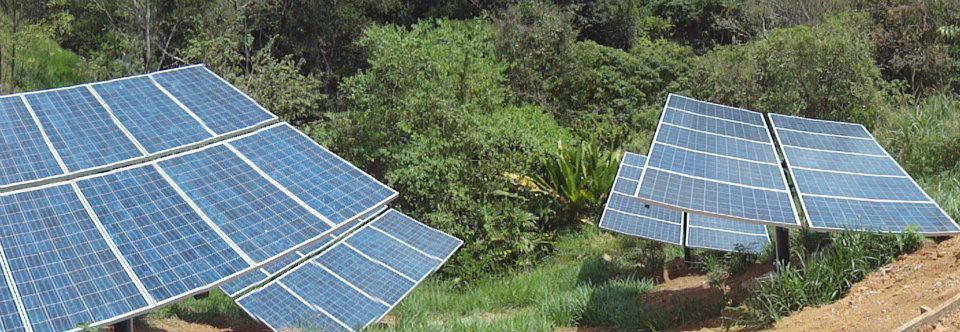“Permaculture” is a word that has steadily grown in our global vocabulary since it was coined in the 1980s by Australian environmentalist Bill Mollison. He defined it as the harmonious integration of landscapes and people to sustainably provide food, energy, shelter, and other material and nonmaterial needs. Today, this concept resonates more than ever as we face the urgent need to rethink how we live with nature.
Gardeners, organic farmers, and landscape designers were among the first to embrace permaculture, using its principles to create eco-friendly designs that work with the environment rather than against it. I still vividly recall the nights I spent poring over Mollison’s seminal book, Permaculture: A Designer’s Manual, and sharing its ideas with readers of The Tico Times way back in 1982. Now, over four decades later, permaculture’s relevance has only deepened as Costa Rica and the world prioritize sustainable development in the face of climate challenges.
In early 2025, we hosted a permaculture design course at our herb farm in San Isidro de El General, a vibrant Southern Zone town. Led by Desiree Wells, a seasoned instructor from the Permaculture Institute with global experience, the course offered hands-on training in natural soil fertility, erosion control, tropical gardening, and eco-friendly building techniques. Wells also emphasized community activation, showing how permaculture can bring people together. Her approach, blending voluntary simplicity with a deep respect for land and community, continues to inspire me.
Permaculture begins at home—think of it as a way to redesign and retrofit our living spaces to align with nature. In Costa Rica, where sunshine is abundant, solar-powered solutions like water heaters, ovens, and food dryers are practical steps toward energy independence. These small changes ripple outward, reducing our ecological footprint while embracing the country’s natural gifts.
Beyond the home, permaculture introduces “edible landscaping,” a concept gaining traction even in urban areas. City dwellers can grow food in recycled containers, on rooftops, or through hydroponics—perfect for small spaces in San José or Liberia. Suburban yards, often dominated by manicured lawns or decorative plants, can transform into productive orchards and vegetable gardens, blending beauty with utility.
Farms, too, thrive under permaculture principles. By redesigning layouts to protect soil and water, and boosting biodiversity with a mix of trees, crops, and animals, farmers can create resilient systems. The key lies in choosing plants with multiple benefits. Consider the lemon tree, a Costa Rican favorite: it offers shade, sequesters carbon, and yields vitamin-C-rich fruit for juices or dressings. Its husk doubles as a natural deodorant or cleaner, while the leaves and flowers brew into a calming tea—a perfect example of permaculture’s multifunctional ethos.
For readers eager to dig in, I recommend Earth User’s Guide to Permaculture by Rosemary Morrow (first published in 1993, with updated editions available). This accessible, affordable guide breaks down the subject for beginners and seasoned gardeners alike, making it an ideal starting point.
Permaculture’s core principles remain timeless and deeply relevant to Costa Rica’s eco-conscious spirit. Here are a few to live by:
- Work with, not against, nature.
- Care for the earth, care for people, and care for the community.
- Share the surplus and practice mindful consumption.
- Recognize that everything—from plants to people—shapes its environment.
- Honor the intrinsic worth of all living things.
- Turn challenges into opportunities; every resource has value.
- Focus effort where it makes the biggest impact.
As Costa Rica continues to lead in sustainability—think of our renewable energy achievements and reforestation efforts—permaculture offers a personal and communal path forward. Whether you’re in a bustling city or a rural finca, it’s a call to reimagine how we live, grow, and thrive together.







